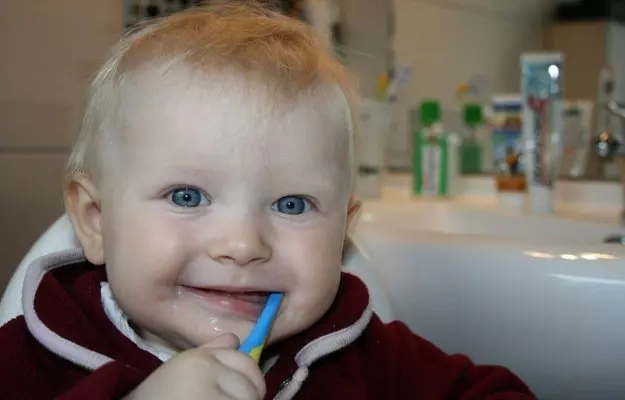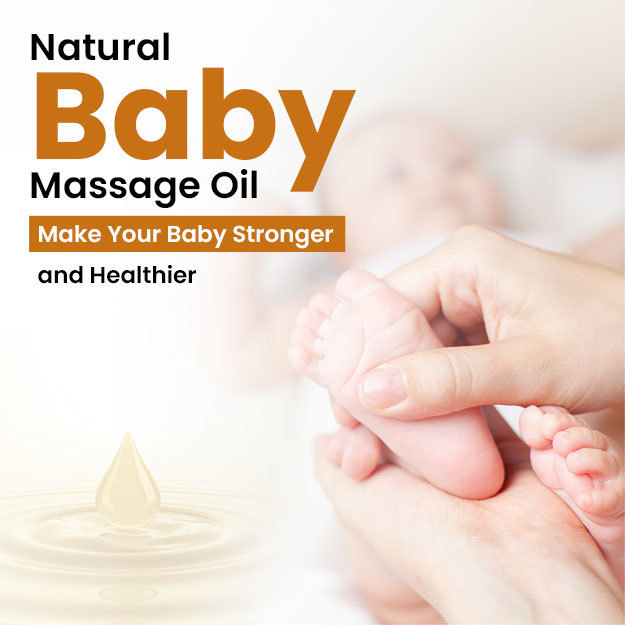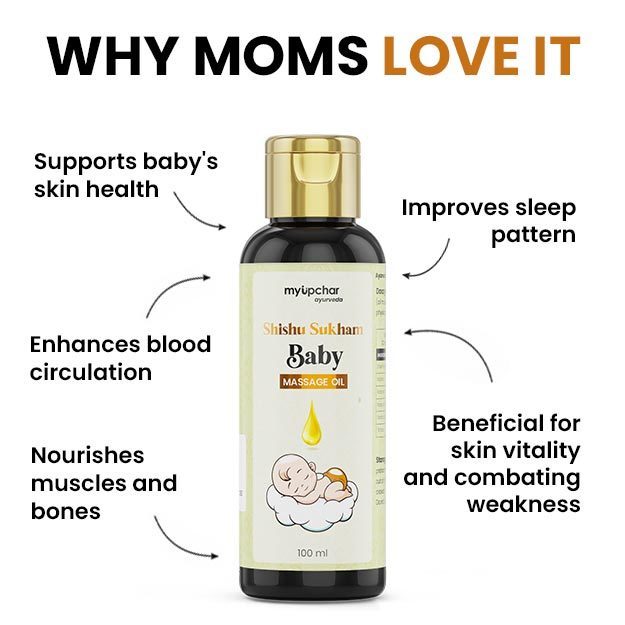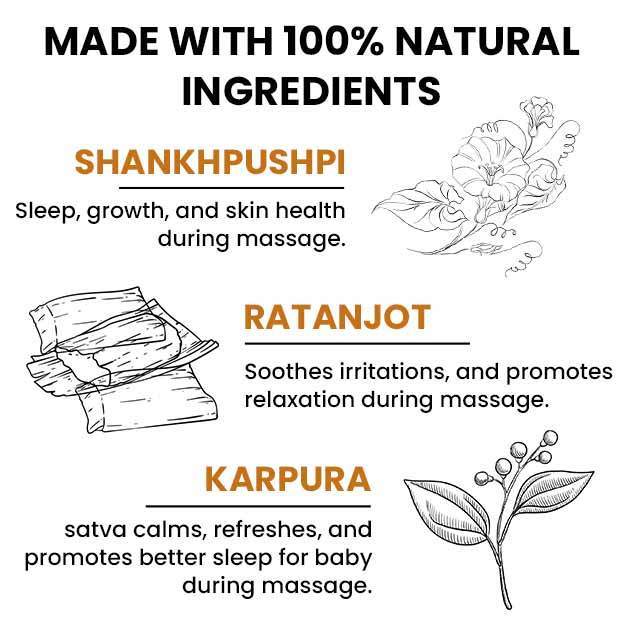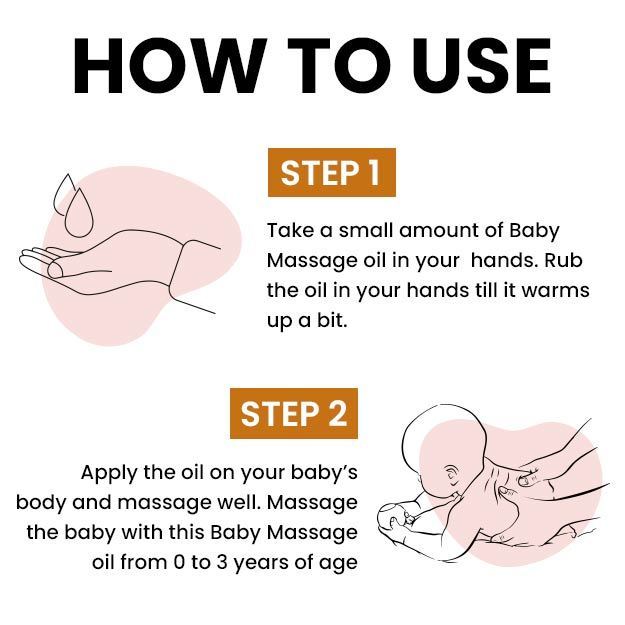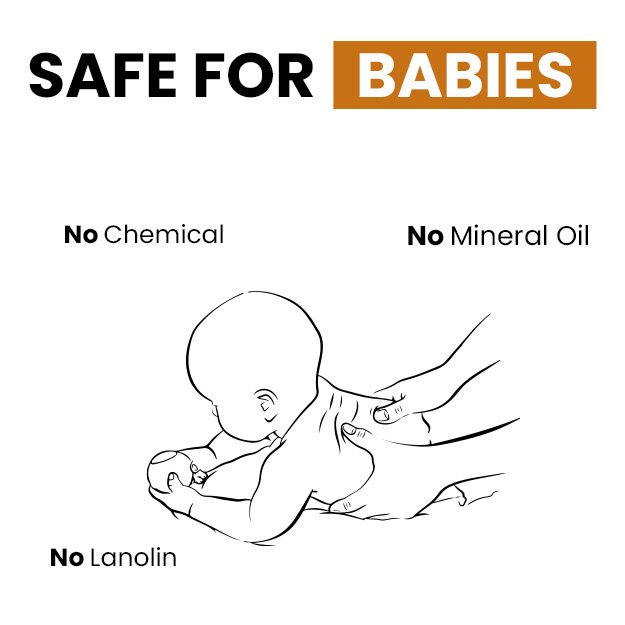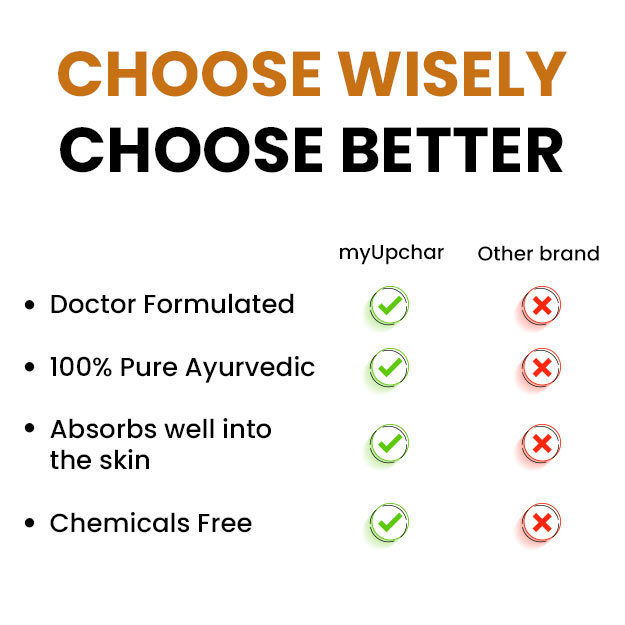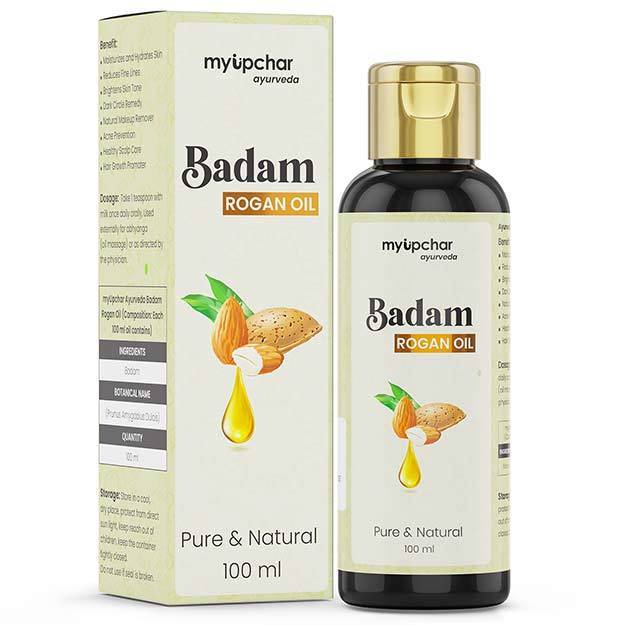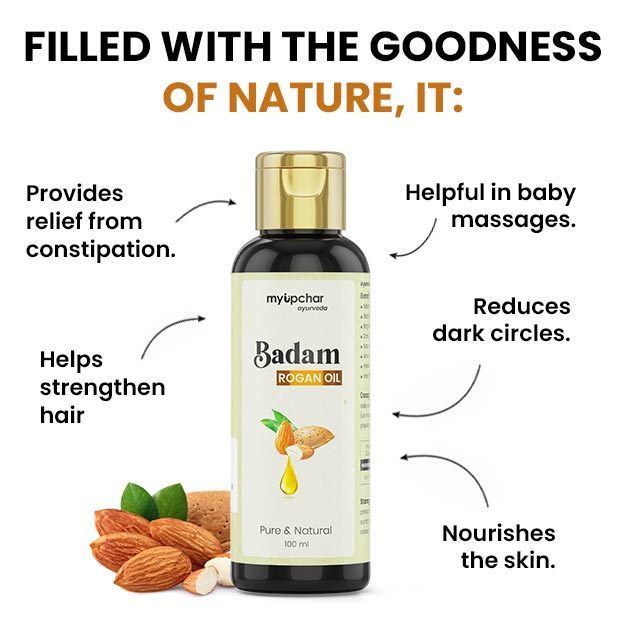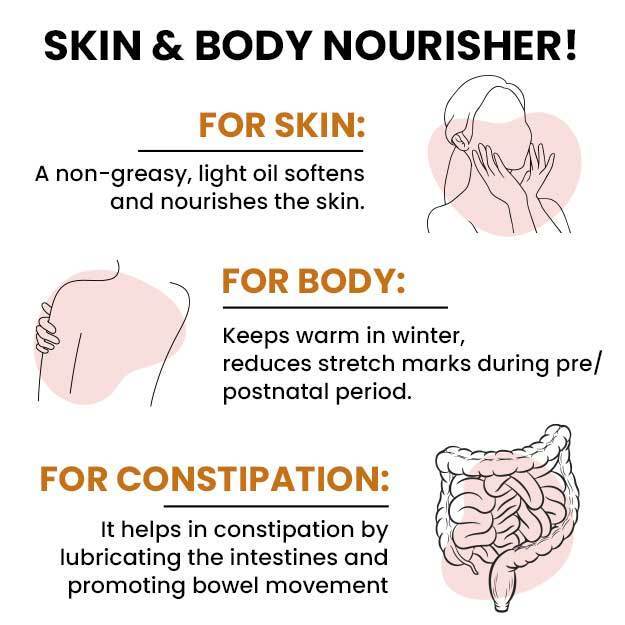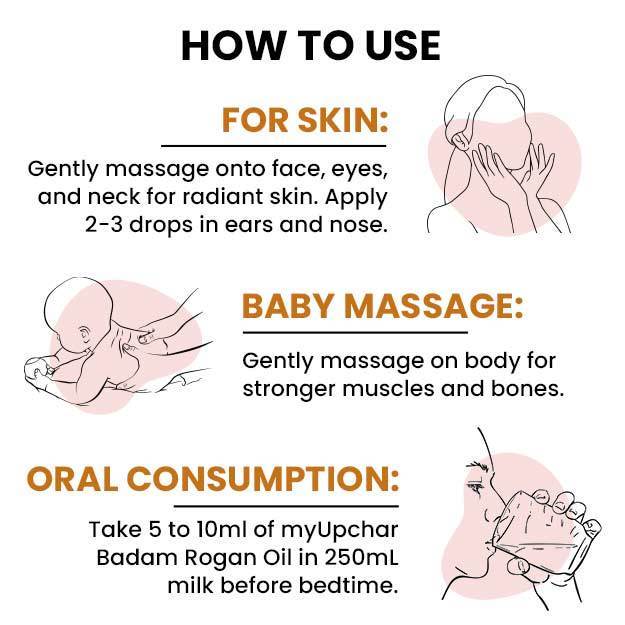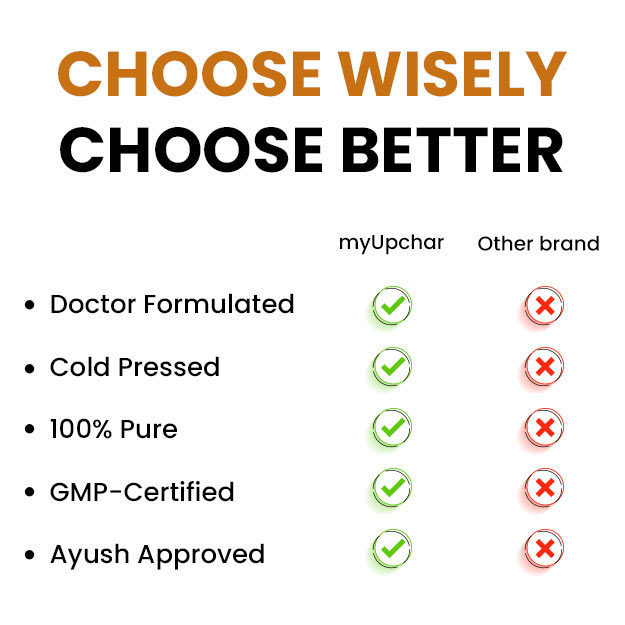What is teething?
The eruption of first milk tooth in babies is known as teething (Odontiasis). The symptoms of teething can develop as early as 2-3 months before a tooth actually makes its appearance in the mouth. Every child experiences teething differently. It can be a matter of one month for some, whereas others might experience it till the last milk tooth erupts in their mouth. Teething is a difficult phase for your child and it demands patience and a little knowledge of how to bring relief to your child in order to make it less uncomfortable for the baby as well as for you.

